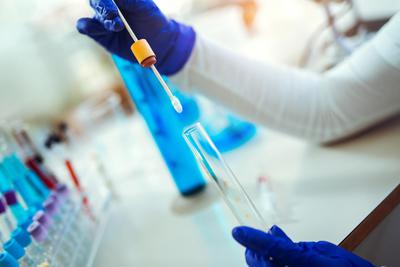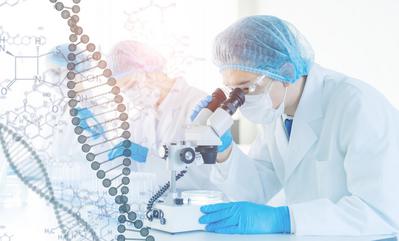Understanding DNA Results
Have you ever had a DNA test and wondered what the results really mean? You're not alone. The scientific jargon can be confusing. Our DNA tests are designed for easier understanding. For those eager to dig deeper, this blog article helps you understand the fundamentals of DNA test results.

Decoding the DNA Puzzle
DNA is commonly known as the blueprint for life, our cellular narrative. Understanding how DNA testing works can be complex and seem daunting. Health Street is here to help you decode the DNA puzzle.
Understanding the Basics of DNA
Two polynucleotide chains form a DNA molecule. These chains, also known as DNA chains or DNA strands, are composed of four types of nucleotide subunits held together by hydrogen bonds.
The Meaning Behind the Strands
A "locus" is a specific location on a chromosome where genes or genetic markers are found, with "loci" as its plural. Each individual inherits two alleles at each locus: one from each parent. Parentage tests, like paternity tests, analyze specific loci with high variability, known as short tandem repeats (STRs), to determine biological relationships. More matching loci indicate a stronger biological relationship.
How to Interpret Your DNA Results
Most results distinctly display either a 0.00% or a 99.99% (or higher) chance of paternity, making DNA test interpretation quite clear. Certified doctors assess the allele sizes across 21 chromosomes, and then validate a statistical analysis, pinpointing the potential biological relationship between individuals.
Reading the DNA Results: An Overview
Imagine you're looking at the DNA breakdown of a child. Their two alleles are 16 and 18. If the mother has alleles 14 and 16, then the child inherited 16 from the mother, which means they had to inherit 18 from the biological father.
What Your DNA Can Tell You About Your Health
While our tests don't provide health insights like risks for specific diseases, they can confirm if you're related to someone that you know has genetic health issues. Knowing this relationship can guide your personal health decisions.
Ensuring Reliable Results
Types of DNA tests vary, and it's important to get certified results by a reputable provider. Health Street provides genetic reports using an AABB Certified lab. We are dedicated to providing our clients with a reliable DNA breakdown and an unmistakable genetic report.
Health Street DNA Tests
Health Street offers DNA testing nationwide. Choose between visiting a DNA collection clinic or using our home kits. If the common cheek swab test isn't viable, we offer alternative DNA collection methods.
The Reliability and Accuracy of Health Street Testing
Our DNA testing accuracy is 99.9%. Testing is painless, fast, and non-invasive.
Unlock the secrets hidden in your genes! Purchase a DNA home testing kit today or visit your nearest Health Street DNA testing clinic to discover more about your ancestry, health, and genetic makeup.
Frequently Asked Questions
What do the numbers mean in a DNA test?
Numbers in DNA results represent alleles, which show genetic markers that help confirm relationships.
What percentage of DNA makes you the father?
A child inherits 50 percent of their DNA from the mother and 50 percent from their birth father. The alleged father being tested has to match the child's data at every marker to be considered the biological father.
How much of the DNA should match in a case of paternity?
Valid results need a certainty level of 99% or higher.
What are the 4 types of DNA analysis?
Four common methods and analyses in DNA testing include: Short Tandem Repeats (STR), Mitochondrial DNA, Y-Chromosome and Polymerase Chain Reaction (PCR).
What types of DNA tests does Health Street offer?
Health Street offers two types of DNA tests—legal DNA tests and at-home DNA tests. Health Street DNA tests are 99.9% or more accurate, and are used to check if two or more people are related. At-home DNA results are not court-admissible, whereas legal DNA results are.




